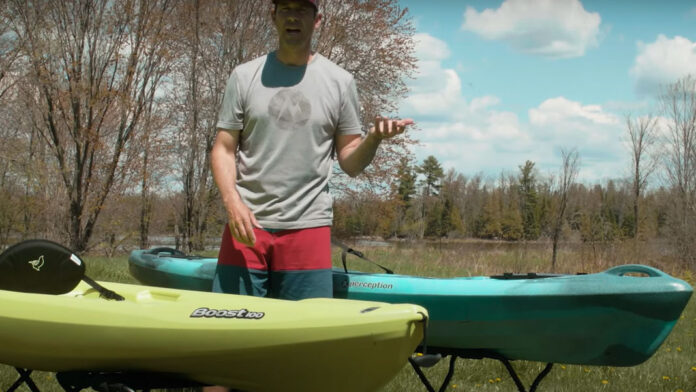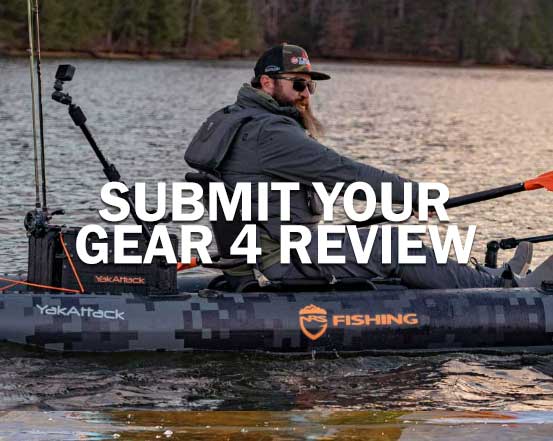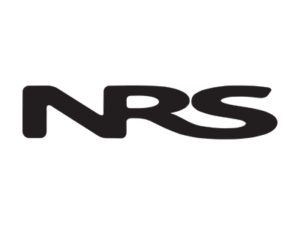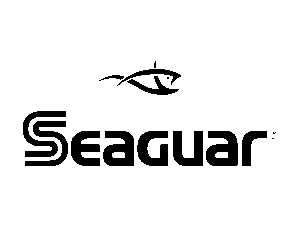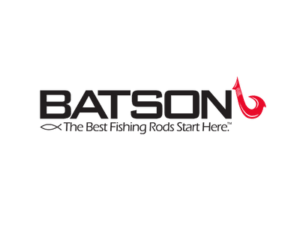When you're getting into kayaking, the sheer number of beginner kayak choices can feel overwhelming. There are sit-on-top and sit-inside boats, hardshells and inflatables, stable slowpokes and tippy speed-demons, and then of course, price comes into play. A scan of the options at your local outdoor dealer, or a peruse of the old world wide web, will show you anything from a couple hundred bucks to several thousand big ones for a beginner kayak.
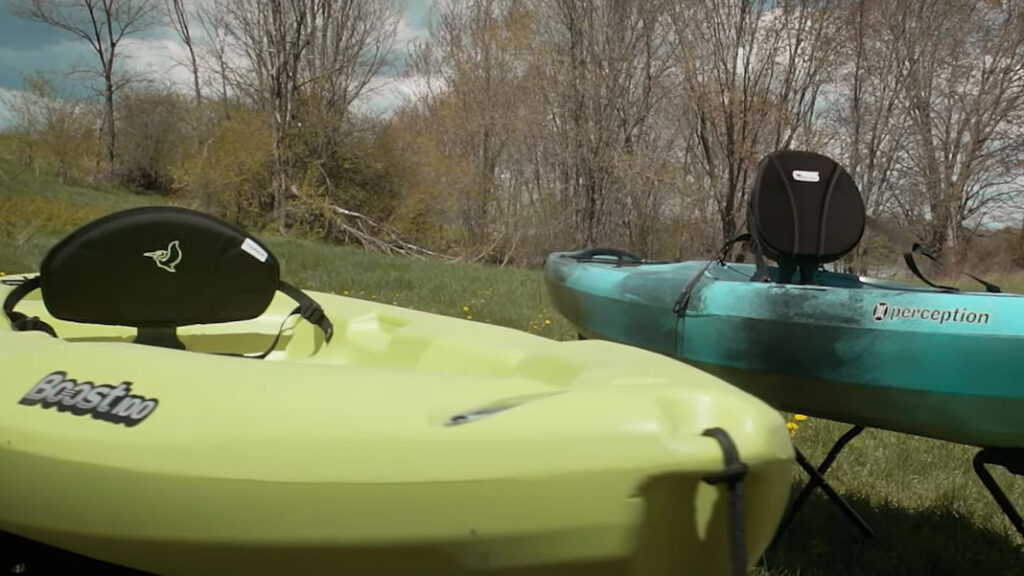
So where do you start? Well, I've got two entry-level kayaks I want to tell you about today. The Pelican Boost 100 generally retails for a little under $300 (USD), but places like Walmart have it for even cheaper, while the Perception Pescador 10.0 is just under $700.
Let's go through the differences between a bare-bones model, and something that is over double the price (but still within reason for a gateway kayak). Do you need to spend the extra money, or can you have a good paddling experience without breaking the bank? Here's what I can tell you.

Pelican Boost 100 Kayak
Beginner Kayaks don't get much simpler than the Pelican Boost 100. It's a sit-on-top kayak, with a back support, some rear deck bungees, and…that's it for notable features. Instead of adjustable foot pegs, the Boost uses generic steps cut into the body of the kayak. These lack the specific fit needed for comfort and added paddling performance.
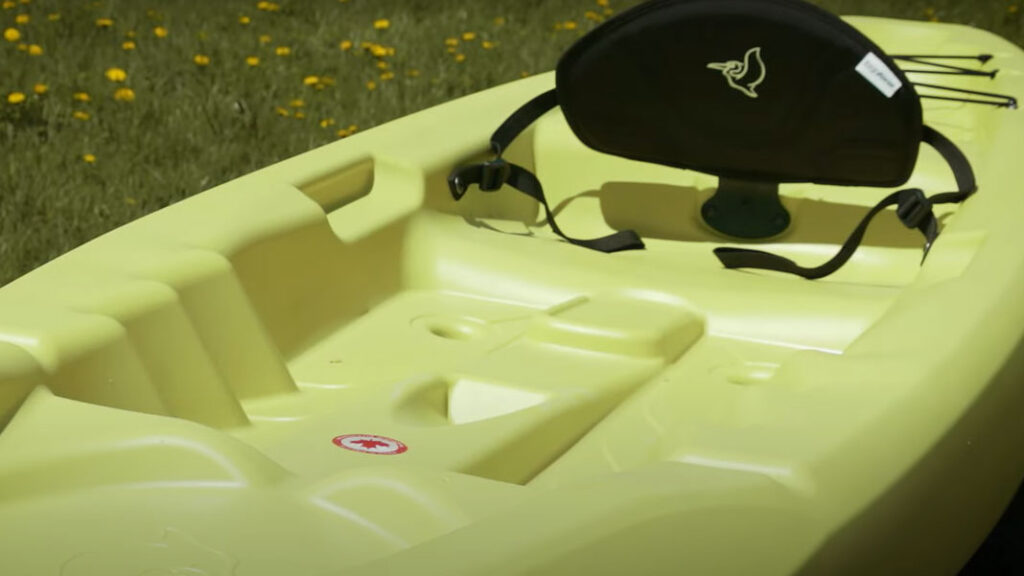
Also, the back band works well enough, but it is attached to the kayak with screws, which will inevitably fail over time (especially if you're a bigger person and/or are using this boat a lot).
And finally, even though the Boost 100 is relatively light, the grab handles on the side are impossible to actually grip, and so two people are needed to carry this thing around. Now, with all that said, for less than $300 (USD), some obvious concessions have to be made. If this is what your budget allows for, then the Pelican Boost 100 is good enough to get you out on the water and introduce you to the world of paddling.
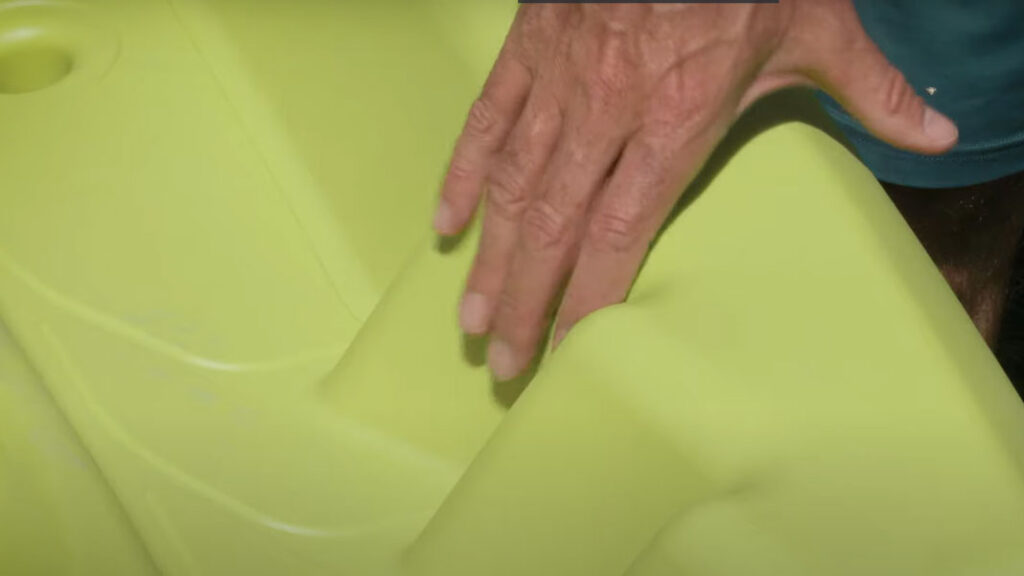
How much does a Pelican 100 kayak weigh?
The Pelican Boost 100 kayak weighs 50 pounds, or 22.68 kilograms. This is a reasonable weight for a hardshell kayak, but because the side handles are tough to grip, plan on having a buddy around to help carry this boat to and from the water.
Perception Pecador 10.0 Kayak
The Perception Pescador 10.0 is a great beginner kayak. For starters, it is a rotomold boat, rather than a blow-mold like the Pelican Boost 100. This allows for much better design versatility.
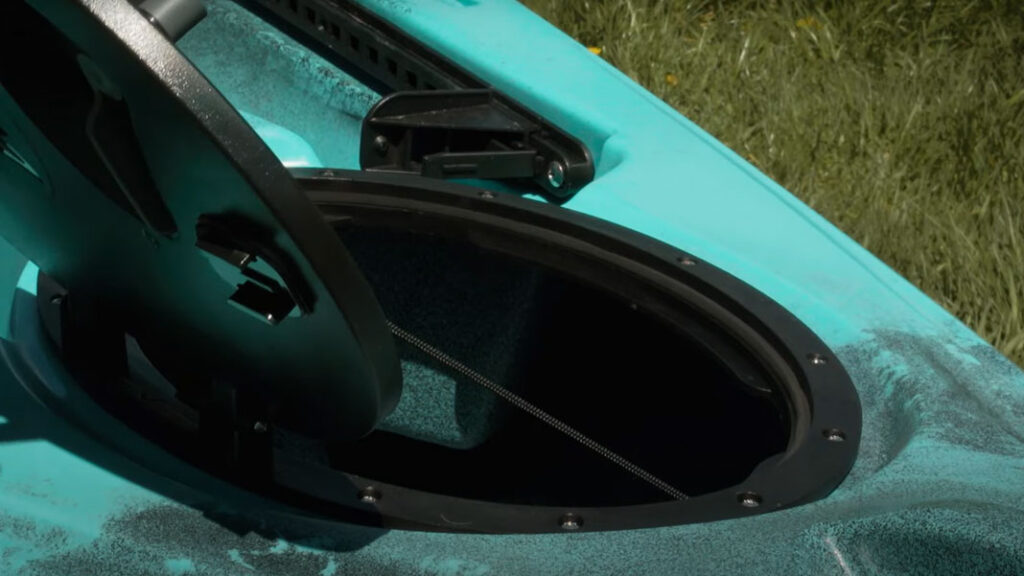
The Pescador has solid grab handles on both sides and ends. There is a lockable front hatch that provides access to the entire interior (which opens the door to overnight trips). The Pescador has adjustable foot pegs (which, in my opinion, are mandatory for comfort). For your beverage of choice, there is a cup holder.
A cool feature is the integrated gear tracks for added accessories like rod holders (for all you anglers out there). There is a rear tank well with deck bungees for extra storage. There is a replaceable skid-plate so that you can drag this boat without worrying it will be warn down without a solution.

The seat pad makes a big difference (versus just sitting on the hard deck). The back support is a bit hardier than the Pelican 100. For the price ($679 USD), the Pescador 10.0 provides excellent value for newer paddlers.
How wide is the Perception Pescador 10?
The Pescador 10.0 kayak is 32-inches-wide, or 81 centimeters.
How much does the Perception Pescador weigh?
The Perception Pescador 10.0 weighs 57 pounds, or 26 kilograms. Even though this is heavier than the Pelican Boost 100, because of the high-quality grab-handles, it's much easier to carry by oneself.
Pelican vs Perception kayaks
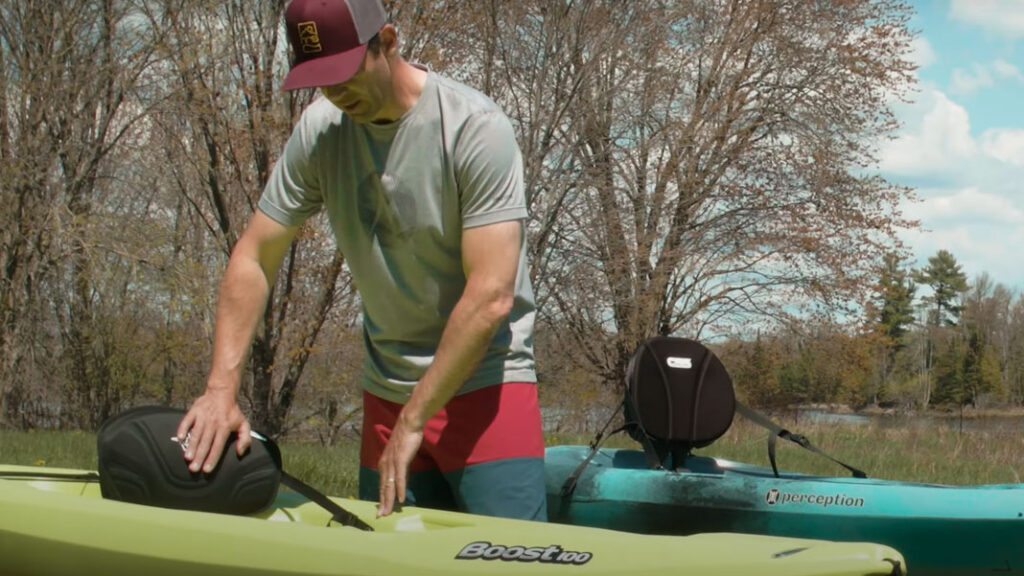
If you're on a tight-budget and are just looking to get a taste for paddling, then the Pelican Boost 100 will perform its basic duties. If you're able to upgrade to the Perception Pescador 10.0, then you'll be rewarded with a slew of extra features and an all-around better kayak.
I hope this breakdown helped you get a feel for the beginner kayak market. If you want something comfortable that can perform well to let you advance as a kayaker, then I would encourage you to keep saving up for more of a mid-range kayak (i.e. $900-$1,000 USD).
Other options for beginner kayaks, check out this article on: inflatable and portable kayaks. Check out these tips if you're just getting into the sport: common kayaking mistakes to avoid. Please subscribe to our newsletter to get kayaking news right in your inbox.



